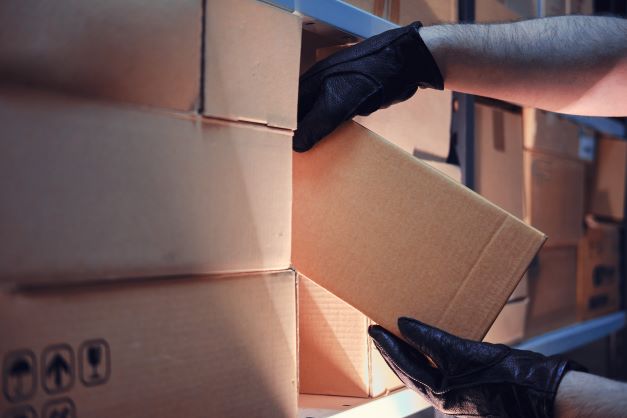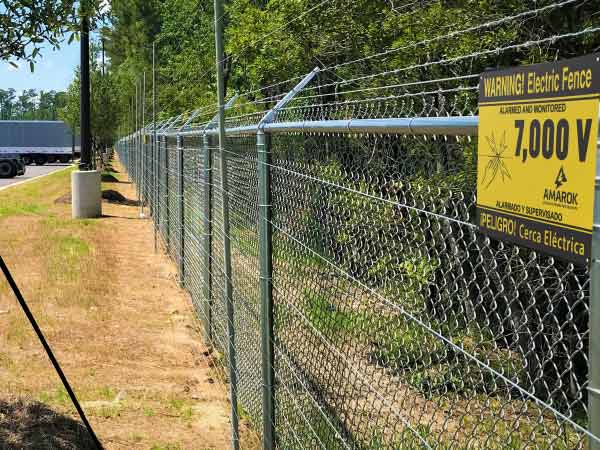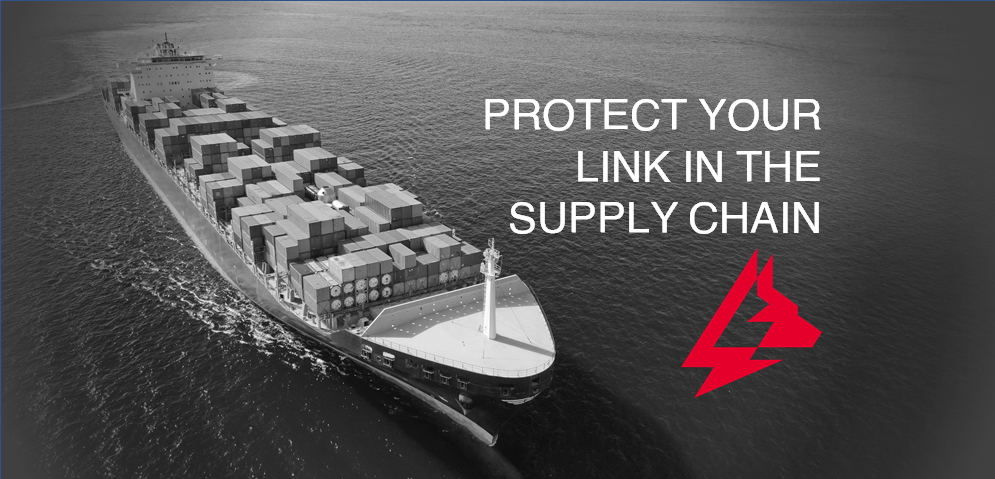It’s all over the news: The global supply-chain disruption is stranding products, parts, and goods in ships, docks, and warehouses.
It’s a trend that escalated with the start of the pandemic in 2020 and continued through lockdowns and production shortages in 2021. The normally smooth-running supply chain experienced challenge after challenge, and it’s a trend that shows no sign of diminishing in 2022.
The reasons are complicated, numerous, and interconnected. But one thing that’s being reported over and over, expect it to affect the upcoming holiday season and Black Friday. Here’s a 2020 study from logistics insurance company TT Club and supply chain intelligence firm BSI that offers more detail on the causes of the supply-chain seize-up. They include global factory shutdowns, warehouse-worker, and truck-driver shortages, government restrictions—even government-issued stimulus checks that triggered increased consumer spending in the wake of limited resources.
“The effects throughout 2020 of the COVID crisis threatened supply-chain security, continuity and resilience,” said TT Club’s Mike Yarwood, Managing Director, Loss Prevention.
The bottom line: It’s difficult for consumers to get what they want and need, and, when they do, they pay a premium. And because goods cost more for consumers, they are also more valuable to thieves.
Thieves and criminals, being the resourceful sort, adapt much faster to changing market conditions than consumers and commercial business owners. So, they have adjusted their strategies to steal goods by breaking into docks, warehouses, and distribution centers—since that’s where the loot is!

*Image credit: TT | BSI 2020 Report
According to this same study, from TT Club and BSI, in-transit thefts throughout the world decreased in 2020 by 16 percent compared to the previous year. However, the same study indicated that in 2020, warehouse theft jumped 15 percent compared to 2019. Based on these statistics, and when goods are sitting ‘at rest they’re at risk,’ it’s reasonable to predict that warehouse theft will most likely trend upward in 2021. That information will be available in early 2022.
In other words, this global supply-chain situation is not changing anytime soon. Let’s also remember that warehouses are not supposed to be long-term storage locations for goods like food and beverage, consumer products, electronics, fuel, alcohol, and construction materials. They function as way stations, with the goal of moving product to its final destination.
The stockpiling of goods in warehouses adds an additional layer of stress to security protocols and procedures that are already strained.
This is especially true since the surplus has required storing targeted property in more-temporary, less-secure areas. This out-of-the-ordinary concentration of goods makes it easier for thieves to execute their bold theft strategies, and the effects of COVID have positioned certain products as high-value, high-reward, like, for example, personal protective equipment (PPE).
“Not only did newly created high-value commodities such as PPE become targets for theft,” continues Yarwood, “but bottlenecks in the logistics infrastructure at ports and warehouses brought increased potential risks. Temporary overflow storage facilities added to the dangers in loosening the grip of existing security systems.”
Now, what’s all this have to do with perimeter security? Well, everything, actually.
For owners and managers of warehouses or distribution centers that lack proper perimeter security, you’re now more likely to become a victim of theft and vandalism than ever before. We’re talking about the kind of perimeter security that only AMAROK provides.
Customers who have installed the 10-foot-tall, 7,000-volt solar-powered electric fence with clear warning signs experience a 98% reduction in external crime. With no upfront construction cost, AMAROK’s full-perimeter security solution costs up to 90 percent less than traditional security guards.
So, a recommendation to owners and managers of ports, docks, and warehouses: investigate the advantages of surrounding your perimeters with AMAROK’s Ultimate Perimeter Security solution before you have to investigate the aftermath of a break-in.
About AMAROK™
AMAROK™ is a full-perimeter security company based in Columbia, South Carolina, that provides commercial security services throughout the United States and Canada. Specializing in electric fencing and perimeter security systems for commercial properties, AMAROK also provides supplemental surveillance solutions, including cameras, lights, and alarms. Together, these business security services form the ultimate crime prevention solution for any business.





